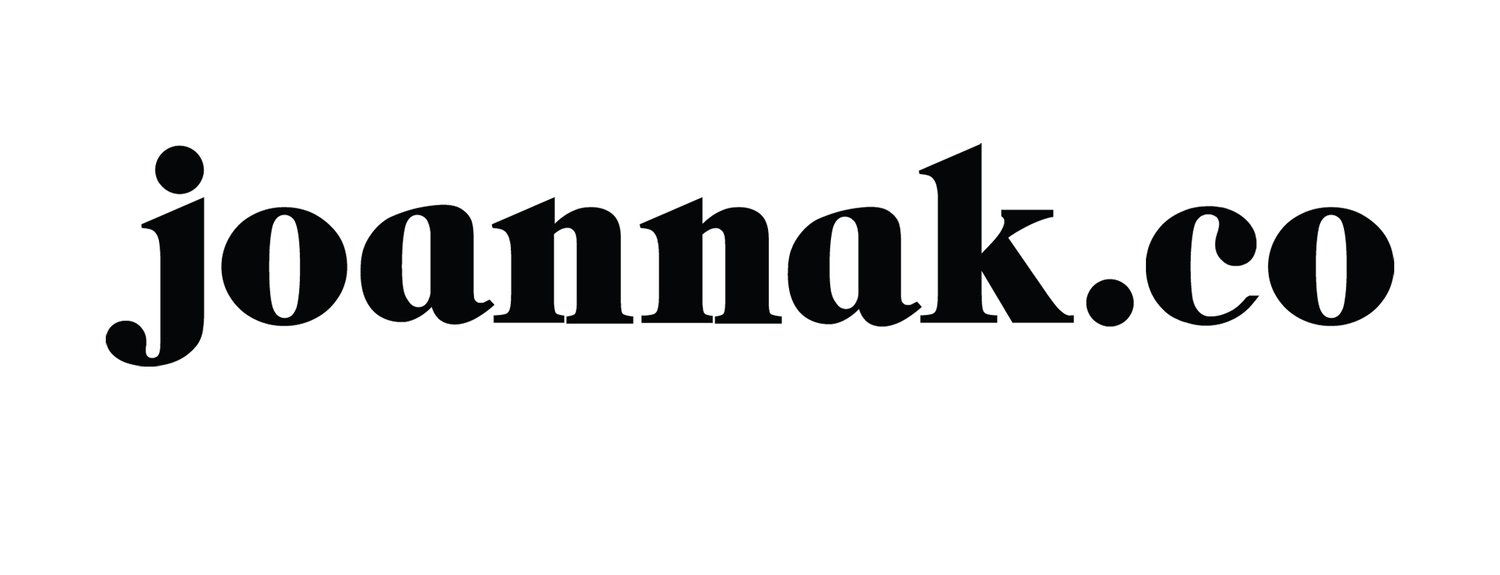Field Notes - Personal Project to a Product Part 2
As I write these words, the prototype is due to land at my doorstep in a matter of days. The launch of the Kickstarter campaign is about two weeks away. Marketing is going well, and things are moving. Right now, I’m in a liminal space, caught between the hustle of finishing the product and the madness that will follow once the campaign goes live. So, what better way to use this moment of limbo than to step back and look at the bigger picture?
Launching even the smallest product is a sizeable undertaking. I knew a fair bit going in, but now, with a notebook filled with lines, do’s and don'ts, ideas, strategies, and annotations to self, I can tell that I’d only scratched the surface. Having said that, I must admit it’s all a good experience. Being midway into the product release, I thought I would compile and share some observations.
Note everything.
I know, I know, it sounds obvious and almost silly to say, but hear me out. Taking the time to put pen to paper each day not only helped me keep the daily routine in check but also to organise my thoughts. In my notepad, I created the strategy, wrote the marketing plan and scripts for content, calculated costs, left remarks on (countless) sample packs, and noted thoughts on the companies that helped make it all happen. Beyond the organisational value and future reference (let’s be honest, this might be my first, but not my last rodeo in product development), this is a treasure trove of content ideas.
Keep it secret, keep it safe!
The project has been kept under wraps for a very long time, and for good reason. On a few occasions in the past, I shared the news prematurely and unintentionally invited input from well-meaning individuals who, either thought they were saving me a lot of hassle or believed I was searching for a solution or advice. The beginnings of any personal project are fragile and, as such, need to be allowed to mature without outside influence. A whiff of disapproval from people you trust or even someone getting way too excited about your idea might kill it. So, if you’re brewing something, keep it close to your chest and only share when you’re ready.
Do your research
Another truism. Two in one article—outrageous, I know! But it has to be said. My research is ongoing, and I’m pretty sure it will continue until the last week or two of the campaign. For this project, the first item on the research list was the history and lore of tarot, the meanings of each card, and how people use them. Then, once the design was ready, I started to investigate what was available in terms of stock and print finishes. My biggest aim for production is to keep manufacturing in the UK/Europe, so I had to search far and wide to find good manufacturers that wouldn’t “eat” my margin. Since the prototype is in production (please, gods of print, protect my work), I’ve been devoting time to learning how to lead campaigns.
Some of the early compositions
It’s time!
After working on a long project, you may reach a point where you need to step away for a few days or ask someone for feedback. It might even be worth doing both. Asking the internet is rarely a good idea (I touch on the matter in this article), so it’s vital to find someone who understands your process and whom you trust. When asking for an opinion, give clear direction and explain what you're trying to achieve. Open-ended questions like “What do you think?“ will lead to a mess. For this project, I asked my chosen person to review the overall compositions to pinpoint any imbalances. I felt stuck and needed a fresh perspective. After weeks of staring at my work, I became detail-blind. In this case, feedback was essential. (Thank you J)
In the end, product development needs time and space to grow into something with real potential. Trust your instincts, and if you’ve found this article helpful, I’d love for you to follow my Kickstarter campaign.



